
The Benefits of Using an SMSF for Family Estate Planning
Estate planning is a fundamental aspect of financial management, ensuring that wealth is passed down efficiently and in alignment with one’s wishes. In Australia, Self-Managed Superannuation Funds (SMSFs) provide a compelling vehicle for intergenerational…

Direct Property Investment vs Property Syndicates
Property investment remains a cornerstone of wealth creation in Australia, yet the strategies available to investors vary significantly. Two prevalent options are direct property investment and property syndicates. Each offers unique benefits…
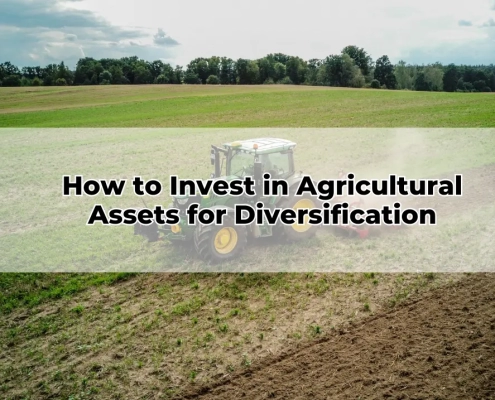
How to Invest in Agricultural Assets for Diversification
Agricultural investments have long been an overlooked asset class, yet they offer significant potential for diversification. With global demand for food increasing and farmland being a finite resource, investing in agriculture can provide stability,…
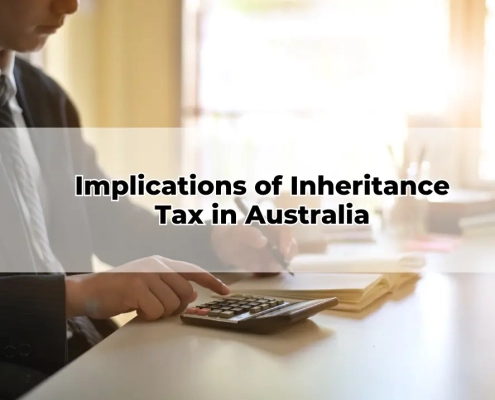
Implications of Inheritance Tax in Australia
Inheritance tax, commonly referred to as estate duty in some jurisdictions, is a levy imposed on the assets of a deceased individual before they are transferred to beneficiaries. While Australia does not currently impose a direct inheritance…

How to Plan for Aged Care Financial Needs
Aged care financial planning is a critical aspect of preparing for the later stages of life. The costs associated with aged care can be substantial, and without proper planning, individuals may face financial strain or limited care options.…

The Best Superannuation Funds for Ethical Investors
As ethical investing gains traction, Australians are increasingly looking for superannuation funds that align with their values. Ethical super funds invest in companies and industries that prioritise sustainability, social responsibility, and…

How to Leverage Trusts for Asset Protection and Tax Benefits
Trusts are a fundamental instrument in financial planning, offering both asset protection and tax efficiencies. They serve as a legal framework to hold and manage assets on behalf of beneficiaries, providing flexibility in wealth distribution…

The Growing Importance of Cybersecurity in Financial Planning
Cybersecurity has become an indispensable facet of modern financial planning. As digital transactions and online financial services become ubiquitous, the threat landscape expands, exposing individuals and businesses to sophisticated cyber threats.…

How to Maximise the Benefits of Your Salary Packaging Scheme
Salary packaging, also known as salary sacrificing, is a financial strategy that allows employees to receive part of their income in pre-tax benefits rather than cash. This can result in tax savings and increased take-home pay. By strategically…
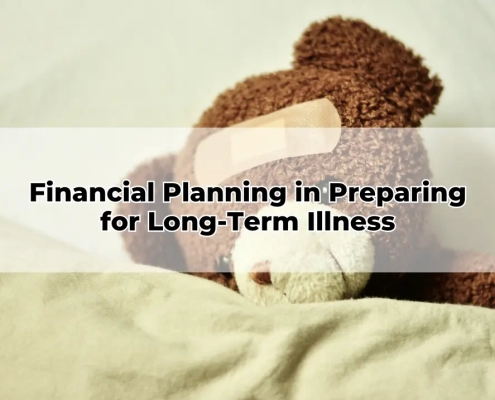
Financial Planning in Preparing for Long-Term Illness
Financial planning is an essential tool for securing one's future, especially when facing the possibility of long-term illness. A structured financial strategy ensures stability, mitigates stress, and preserves wealth. For individuals and families,…

Estate Planning for Blended Families
Estate planning is a fundamental aspect of financial management, ensuring that assets are distributed according to an individual’s wishes. For Australians with blended families, this process is significantly more complex. Without a carefully…

Superannuation in the Event of Relationship Breakdown
The dissolution of a relationship is a challenging and emotionally charged experience. Beyond the personal and emotional turmoil, there are significant financial implications, particularly concerning superannuation. As a long-term retirement…

How to Use Tax-Effective Investment Strategies in Your SMSF
Superannuation funds in Australia operate under a concessional tax regime, making them an attractive vehicle for wealth accumulation. Self-Managed Super Funds (SMSFs) offer even greater control over investment decisions, allowing trustees to…

Financial Planning for New Parents
Becoming a parent is an extraordinary milestone, one filled with excitement, joy, and newfound responsibilities. Among these responsibilities, financial security becomes paramount. Ensuring a stable financial future for your growing family requires…

How to Transition from Accumulation to Retirement with Super
Superannuation (super) follows a structured lifecycle: accumulation and retirement. During the accumulation phase, individuals grow their retirement savings through contributions and investment earnings. As retirement nears, a strategic transition…

Investing for Impact: Socially Responsible Investments
Socially responsible investing (SRI) has gained significant traction in recent years, as investors seek to align their financial goals with their ethical values. The growing awareness of environmental, social, and governance (ESG) issues has…

How to Use Superannuation to Fund University Education
Superannuation is a cornerstone of financial security in Australia, designed primarily for retirement savings. However, its flexibility and long-term growth potential make it an attractive avenue for funding various life goals, including university…

The Pros and Cons of Salary Sacrificing for High-Income Earners
Salary sacrificing is a strategic financial arrangement where an employee voluntarily redirects a portion of their pre-tax salary into specific benefits, typically superannuation. This approach can be particularly advantageous for high-income…

The Benefits of a Buy-Sell Agreement in Business Succession
Business succession planning is an essential strategy for ensuring the smooth transition of ownership when a key stakeholder exits the business. Without a well-structured plan, businesses face uncertainty, disputes, and financial instability.…

The Importance of Reviewing Life Insurance Needs in Retirement
Life insurance serves as a financial safeguard, offering security to loved ones in the event of an unforeseen passing. However, as retirement approaches, priorities shift, and the necessity of maintaining or adjusting life insurance policies…

How to Use Super Contributions to Enhance Retirement Income
Planning for retirement is a complex yet essential financial endeavour. One of the most effective ways Australians can build long-term wealth and secure a comfortable retirement is by strategically using superannuation contributions. Superannuation…

When Should You Consider Adding Private Equity to your Portfolio?
Private equity is often associated with institutional investors and high-net-worth individuals, but it is increasingly accessible to sophisticated retail investors. This alternative asset class can provide unique opportunities for wealth creation,…

How to Avoid Common Mistakes with Margin Lending
Margin lending can be a powerful strategy for wealth accumulation, but it comes with inherent risks. Many investors make costly errors that can erode capital and jeopardise financial security. By understanding these pitfalls and implementing…

The Convertible Bonds and Their Role in Diversification
In the ever-evolving financial landscape, investors constantly seek ways to balance risk and return. One often-overlooked instrument in portfolio construction is the convertible bond. These hybrid securities offer a unique blend of fixed-income…

The Role of Dollar-Cost Averaging in Volatile Markets
Dollar-cost averaging (DCA) is a disciplined investment strategy that involves investing a fixed amount of money into a particular asset at regular intervals, regardless of market fluctuations. This method contrasts with lump-sum investing,…
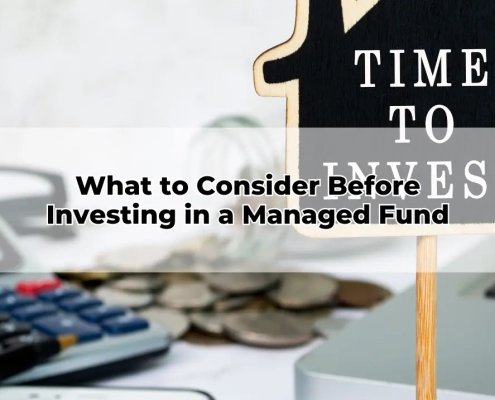
What to Consider Before Investing in a Managed Fund
Managed funds are investment vehicles where multiple investors pool their money to be managed by a professional fund manager. These funds offer diversification, professional oversight, and access to markets that may otherwise be challenging…
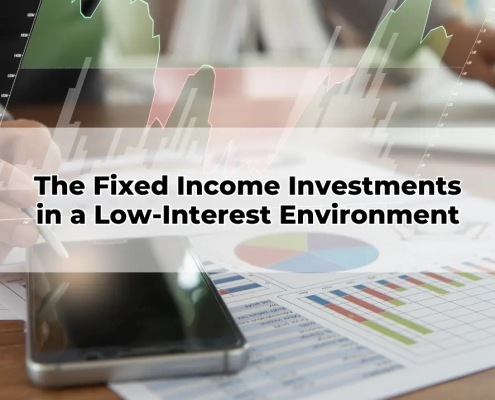
The Fixed Income Investments in a Low-Interest Environment
Fixed income investments have long been a cornerstone of a well-diversified portfolio, offering stability, predictable returns, and a safeguard against market volatility. However, in today’s low-interest-rate environment, these investments…

The Benefits of SMSFs for Small Business Owners
Small business owners in Australia face unique financial challenges and opportunities when planning for retirement. One of the most powerful tools available is a Self-Managed Super Fund (SMSF). SMSFs provide greater control, investment flexibility,…

How to Use a Reverse Mortgage as Part of Your Retirement Plan
A reverse mortgage is a financial product designed for homeowners, typically aged 60 and above, allowing them to access equity in their home without selling it. Unlike traditional loans, repayment is deferred until the borrower moves out, sells…

Why It’s Important to Review Your Investment Strategy Annually
Investing is not a static process; it is an evolving journey that requires periodic reassessment. An annual review ensures that your investments remain aligned with your financial goals and risk tolerance. Over time, changes in economic conditions,…

The Australian Residential Property Market Cycle
The Australian residential property market is dynamic, shaped by economic factors, government policies, and consumer sentiment. Understanding its cyclical nature is essential for investors, homeowners, and financial planners. The property market…


